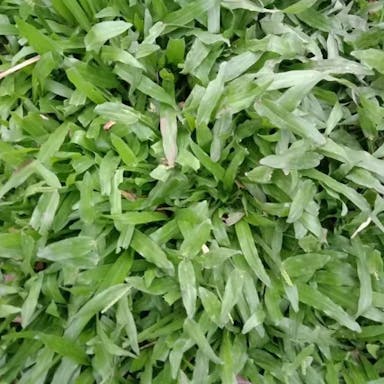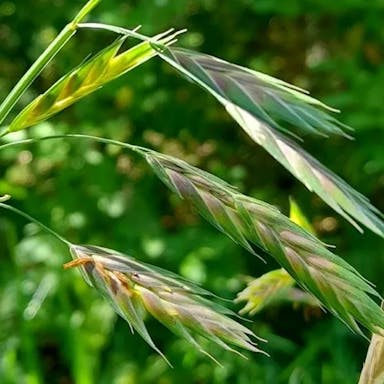Prairie cordgrass, scientifically known as Sporobolus michauxianus, is a perennial grass native to North America. It frequently grows in wetlands, prairies, and near riverbanks, thriving in moist to wet soil conditions. Prairie cordgrass requires little maintenance when established. This hardy plant tolerates various soil types and environmental conditions. The plant attains heights ranging from 3 to 8 feet, with slim, green to bluish-green leaves. Prairie cordgrass produces thick, fuzzy flower heads in late summer to early autumn, which can range in color from green to purplish-brown. The seeds of Sporobolus michauxianus are small and can spread via wind or water. This valuable plant controls erosion, provides wildlife habitat, and produces forage for livestock.
0
0












